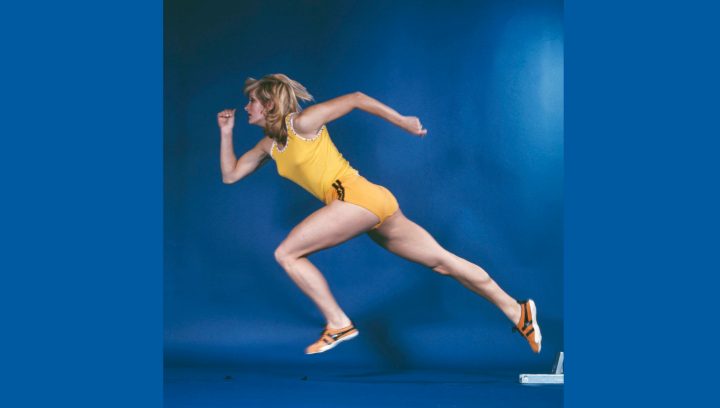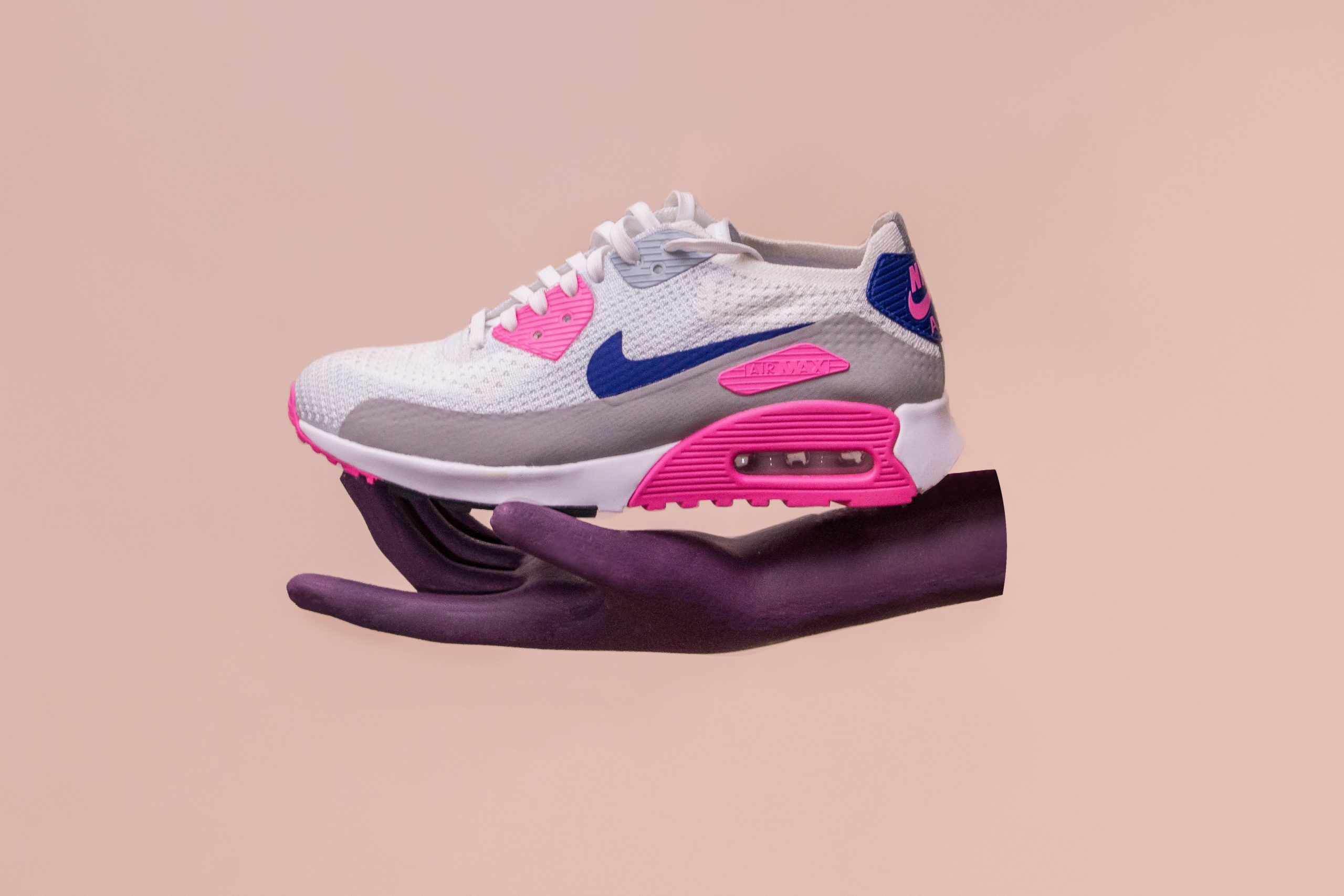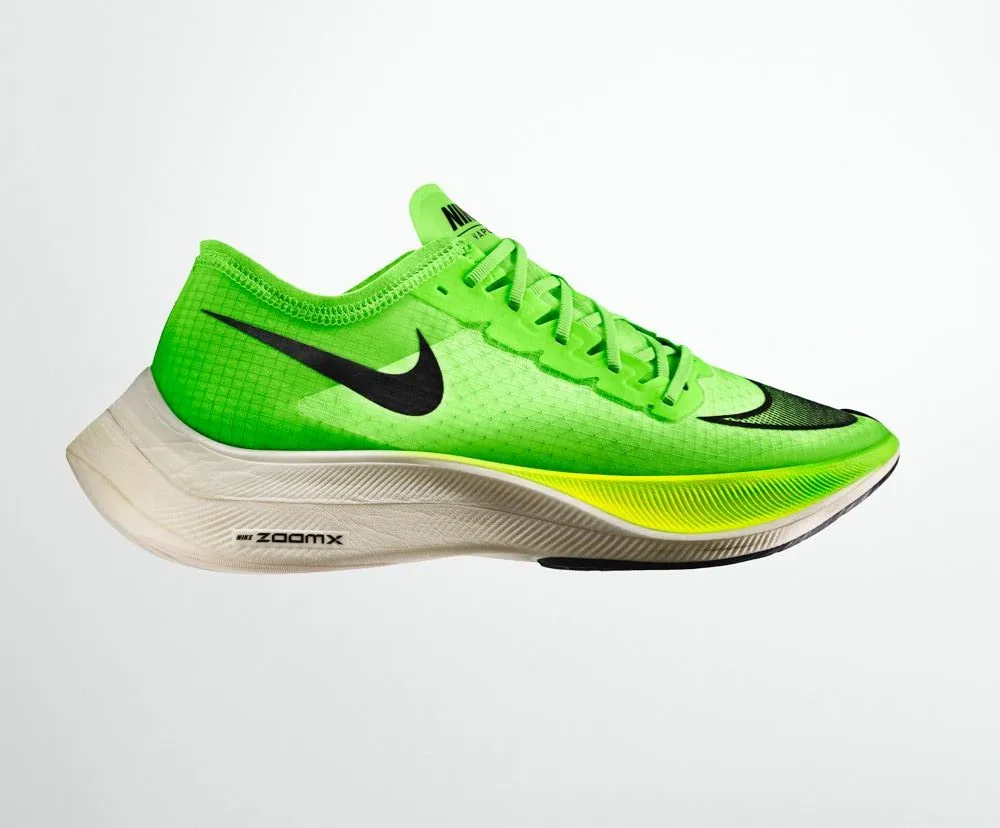WELLNESS
For the best running shoe, choose comfort over marketing promises

When it comes to performance, as well as injury prevention, does the choice of running shoe actually matter for the average runner?
“Most of the additional features on running shoes – all those features with fancy names – will not add any significant performance impact for the wearer, nor will they necessarily contribute to injury prevention,” says Cape Town-based biokineticist Jonathan Joshua.
While other sports shoes like soccer and baseball shoes are generally aimed at athletes who play either competitively or as a hobby, the running shoe is arguably the most heavily marketed shoe when it comes to the general public. Manufacturers such as Nike, Adidas, Asics, New Balance and many more have consistently come up with new features and campaigns, promising injury prevention and better athletic performance.

Image Unsplash
Injury
According to a 2015 independent and externally peer reviewed paper by a team from Canada’s University of Calgary’s Faculty of Kinesiology, many of the promises made over the past four decades by manufacturers are not backed up by scientific research.
“Running started to become very popular in the 1970s. Parallel to this development, runners started to get injured and scientific studies were published discussing the prevalence of running injuries,” reports the study. The team credits the rise in the prevalence of injuries to two factors, the first being “a change in the running population and the second is the definition of a running injury… Definitions of running injuries varied widely in older studies. Some used a definition that required medical attention to be included as an injury. Other authors used a definition that used a defined time where the running activity could not be performed and the duration was not consistently the same. Other authors defined a running injury if there was any symptom about pain or discomfort.”
Joshua concurs and adds that when it comes to injury, sometimes sensations of strain are confused with injury: “This is a concern that I deal with on a fairly regular basis. Clients often come to see me wondering about a pain sensation that they’re feeling, saying ‘my knee hurts’ or ‘I feel pain on my ankle’. A lot of the time what they’re really asking is, ‘am I okay?’ And often it’s not necessarily injury, but rather a sensation of strain or an interpretation of that sensation.”
Using a standardised definition of injury, one of the key findings of the study was that “the frequency of running injuries has not changed over the past 40 years”. Effectively, this means that since high tech running shoes became an actual industry, there is no statistical evidence that the heavily marketed design innovation targeted at injury prevention has resulted in actual injury prevention.
The study also looks at the two most popular theories when it comes to injury: Pronation and impact.
Pronation
Pronation refers to the natural movement of one’s foot and ankle when running or walking. Neutral pronation, for example, means that when you push up on your toes while in movement, the weight is distributed relatively evenly across your toes, with a little more weight on the big toe and second toe as they can handle more. Overpronation then refers to people whose feet roll further inward in movement, resulting in almost all the weight being on the big and second toes, and very little on the other three.
Underpronation, also known as supination, refers to the opposite, when the foot rolls outward in movement, with very little if any of the weight being spread to the second or big toe. As a result, the pressure lands on the three small toes and outer edge of the foot.
According to the team’s research, “shoe inserts and orthotics had been used for many decades before the running boom in the 1970s. Foot pronation was one of the major variables discussed in the early professional literature of podiatrists. Consequently, when biomechanical research on running and running-related injuries started, pronation was considered an important variable for running shoe construction. Based on the existing (pre-running boom), literature it was assumed, without any epidemiological evidence, that foot pronation was one of the variables responsible for the development of running injuries.”
Hence, without actual evidence, as the running shoe industry boomed, for decades running shoes were designed to correct a problem that didn’t exist, which is that over or underpronation might lead to injury.
“You can have the strangest of feet, it doesn’t necessarily mean that a particular shoe will make you a better runner. Our bodies adapt to the environment. Unless your feet are quite dramatically different – and even then, I would argue that most of us do not need specialised running shoes,” says Joshua. “One must remember that people who deal with sales at the shops have also been taught by the running shoe companies, and a lot of the advice is kind of oversold. From a physiological aspect, most of us will be able to run on a very neutral shoe.”
Impact
Another oft-quoted risk for injury is impact, and hence many brands offer cushioning to provide impact reduction. However, recent studies have found shoes with excessive cushioning to be bad for the runner. The independent running shoe review website Run Repeat reviewed over a 150 existing studies, and spoke to doctors, podiatrists, coaches and surgeons, covering a range of running-related subjects such as “motion control, cushion, stability, and injury prevention”.
Some of their findings based on this research were that “the softer the padding, the harder we hit the ground,” and that padded shoes resulted in a “12% higher impact on knees,” and “runners in modern running shoes with a cushion tend to land on the rear foot which is bad for shock absorption”.

Image Unsplash
The aforementioned Canadian university study also found that “in addition to the lack of epidemiological support for impact as an important determinant of running injury, there is also a functional concern. If higher impact peaks or loading rates were associated with running injuries, one would expect runners who run faster to have more impact-related injuries. However, there is no study or even anecdotal evidence that this is the case. Consequently, there is no supporting evidence that vertical impact peaks and/or vertical loading rates are variables that contribute to running injuries.”
“Your joints, your hips, your spine, your knees and your ankles are very much designed to take load. So load is a good thing. That’s what we do as humans, we walk, we run and our bodies adapt to different conditions. Our joints are able to take the force that comes with these very natural human abilities. But that also comes with being careful not to overload your joints by over exercising. Because there’s an element to the running world that entails addictive behaviour; it can be hard to tell a runner to rest, even for a week. They might get quite anxious about not being able to run, but rest is an important part of preventing excessive strain,” says Joshua.
So now what?
The Canadian university team also found that changes in the thickness of soles or shoe design, or whether one runs with or without running shoes, did not necessarily affect the “path of movement”, that is to say the shoes will not necessarily help you change your running form, which plays a bigger role in how fast a runner you are. The researchers proposed that perhaps the definition of a good running shoe should be one that follows and encourages one’s “preferred movement path”, which would be one’s natural movement. And the way to determine that would be to judge one’s level of comfort when it comes to choosing a running shoe.
“When selecting a running shoe, an athlete selects a comfortable product using his/her own comfort filter. This automatically reduces the injury risk and may be a possible explanation for the fact that there does not seem to have been a trend in running injury frequencies over time. We propose that the previous paradigms of ‘cushioning’ and ‘pronation’ should be replaced with the two new paradigms of ‘preferred movement path’ and ‘comfort filter’,” concludes the study.
The one shoe actually proven to improve performance
“It doesn’t necessarily mean that you’ll be a better runner if you have a particular shoe. Essentially, running is just the act of putting one foot in front of the other at an accelerated speed without falling. In order to improve that, you need to increase your fitness level, develop a good technique and good form. All of that takes behavioural change; practice and training,” says Joshua.
Nike made waves when they released the Nike Zoom Vaporfly 4% in 2017. Nike claimed that it resulted in better performance than other running shoes. The New York Times ran a detailed investigative article as well as tests on the shoes, and found that they indeed resulted in faster running times for professional athletes than other shoes. The article concluded that “runners who improved their performance in Vaporflys and then switched to other shoes got slower. There were very few runners in our data who met this criterion: We counted just 24 such races. But these runners finished about 7% slower on average than they did while wearing the Vaporflys.”

Nike Zoom Vaporfly (Image Nike)
Based on his experience, as well as studying the research into the Nike Vaporfly, Joshua says that: “It’s about the milliseconds; that is what matters for professional athletes. For most of us, those are negligible. Beyond the shoe, there are many other factors that affect those milliseconds, our environment, the road that you run on, your psychological state, your emotional state. How confident you feel, whether or not you broke up with your partner that morning, etc. Those milliseconds make all the difference for an elite athlete. For most of us and our fitness needs, an average running shoe will do. Remember that prior to the 1950s, some marathon runners won their races in Converse shoes.” DM/ML

















 Become an Insider
Become an Insider